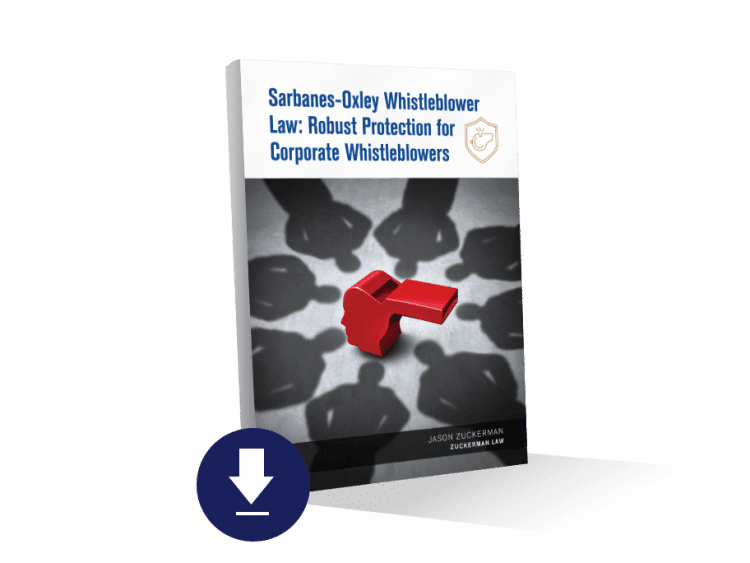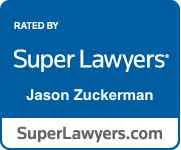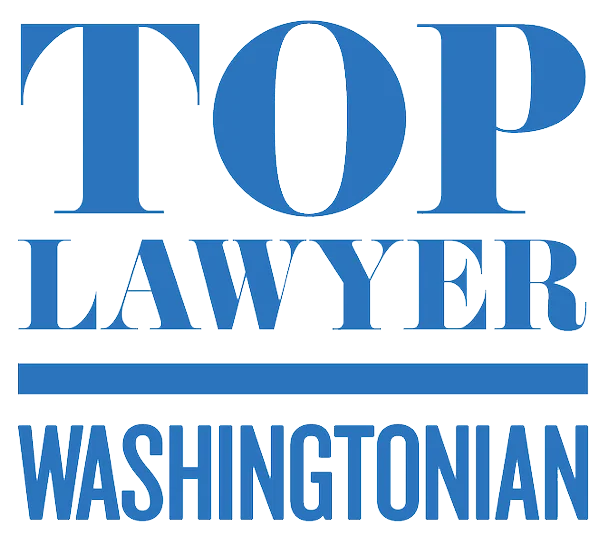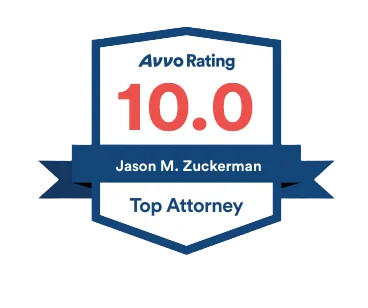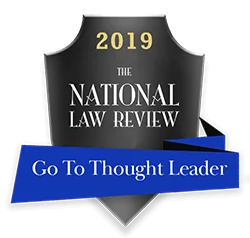Origin of Sarbanes-Oxley Whistleblower Provision
Fifteen years ago, the U.S. economy suffered massive job losses and fell into a recession due to corporate accounting fraud. When Congress investigated the collapse of Enron and WorldCom, it found that courageous whistleblowers, most notably, Sherron Watkins and Cynthia Cooper, tried to warn management of the fraud. Senior leadership at both companies disregarded the whistleblowers’ concerns and retaliated against them. Indeed, when Sherron Watkins reported improper accounting practices, Enron “sought advice on the legality of discharging the whistleblower” and was advised that Watkins would not be protected under existing law.
Congressional hearings and investigations prompted legislators to include a whistleblower-protection provision in the Sarbanes-Oxley Act to combat this “corporate code of silence.” Congress sought to empower whistleblowers to serve as an effective early warning system that could prevent shareholder fraud.
Two questions stand out on this 15th anniversary of SOX: First, do employees at public companies and audit firms feel that they can report fraud without fear of reprisal? And second, is Section 806 of SOX an effective tool to combat retaliation against corporate whistleblowers?
Corporate Code of Silence and Retaliation Persists
Though SOX provides robust protection to corporate whistleblowers, the fear of retaliation persists because the “tone at the top” at too many companies is fundamentally broken. According to a survey performed by the Ethics Resource Center in 2013, 41 percent of employees observed misconduct in their workplace, but of these 41 percent of employees who observed misconduct, around 33 percent remained silent.
Our practice consists primarily of representing whistleblowers under SOX, typically executives and senior managers, and we have found that even at senior levels of a company, whistleblowers suffer swift and severe retaliation. And even where they keep their job after blowing the whistle, their career at the company is essentially over — they are shunned, excluded from key meetings and emails, denied important assignments, and are no longer part of the team.
The instinct of some senior management to favor loyalty above all else is exemplified in the recent revelation that Barclays’ CEO repeatedly tried to identify a whistleblower who sent anonymous letters to the board about a recent hire with whom the CEO had previously worked. This is not an isolated incident. All too often, we see that companies investigate the whistleblower rather than the whistleblower’s substantive concerns.
Another recent development underscoring the persistence of whistleblower retaliation is the Wells Fargo fake account scandal. In September 2016, Wells Fargo paid $185 million in penalties for opening approximately 1.5 million unauthorized accounts. Employees felt pressured to open fake accounts to meet aggressive sales targets.
During a Sept. 20, 2016 Congressional hearing, then-CEO John Stumpf blamed employees for failing to report the unlawful sales tactics earlier, and noted that “[e]ach team member … is encouraged to raise their hand. If something is being asked of them that they think is not right, not consistent with our values and our culture, they’re asked to raise their hand, they’re asked to go to a manager’s manager in HR.”
As reported by CNN, however, several employees raised their hands to oppose and halt the opening of fake accounts, and they were fired because of their whistleblowing. A former Wells Fargo human resources official “would find ways to fire employees ‘in retaliation for shining light’ on sales issues. It could be as simple as monitoring the employee to find a fault, like showing up a few minutes late on several occasions.” The pressure to achieve unrealistic sales targets and the significant incentive to meet such targets is not unique to a single financial institution. Instead, it is prevalent across many industries, and that is why whistleblowers must be protected when they raise their hands to oppose fraud or other wrongdoing.
Recent Jury Verdicts Render SOX a Potent Tool to Combat Retaliation
Though whistleblowing is still disfavored at many companies, Section 806 of SOX has become a potent tool to combat retaliation. In particular, three jury verdicts have given companies millions of reasons why they should reconsider before firing a whistleblower.
- Earlier this year, a jury awarded $11 million to Sanford Wadler, a former in-house counsel at Bio-Rad. Wadler blew the whistle internally on potential violations of the Foreign Corrupt Practices Act.
- About one year ago, Dr. Julio Perez, a former senior chemist at Progenics Pharmaceuticals, obtained total damages of nearly $5 million in a SOX retaliation case that he litigated for seven years. Progenics fired Perez one day after he internally raised a concern that the company was “committing fraud against shareholders since representations made to the public were not consistent with the actual results of the relevant clinical trial, and [Plaintiff] think[s] this is illegal.”
- And in 2014, a California jury awarded $6 million to Catherine Zulfer, a former accounting executive, who alleged that Playboy had terminated her in retaliation for raising concerns about executive bonuses to Playboy’s chief financial officer and chief compliance officer. She contended that Playboy’s CFO instructed her to set aside $1 million for executive bonuses that had not been approved by the board of directors. Zulfer refused to do so, warning Playboy’s general counsel that the bonuses violated Playboy’s internal controls over financial reporting. After Zulfer’s disclosure, the CFO retaliated by ostracizing Zulfer, excluding her from meetings, forcing her to take on additional duties, and eventually terminating her employment. After a short trial, a jury awarded Zulfer $6 million in compensatory damages and also ruled that Zulfer was entitled to punitive damages. Zulfer and Playboy reached a settlement before punitive damages were decided. The $6 million compensatory damages award is the highest compensatory damage award to date in a SOX anti-retaliation case.
These substantial verdicts will likely embolden more SOX whistleblowers to take their cases to trial. Moreover, these verdicts suggest that jurors understand the tremendous sacrifice that whistleblowers make when they come forward and appreciate the important public interest in ensuring that whistleblowers can disclose wrongdoing without fear of reprisal
Challenges Ahead for SOX Whistleblower Protection
Though recent jury verdicts signal that SOX can be a potent tool to combat retaliation, SOX’s whistleblower provision faces significant obstacles in combating the corporate code of silence.
Weak OSHA Enforcement
The agency charged with investigating SOX whistleblower retaliation claims, the U.S. Department of Labor’s Occupational Safety and Health Administration, has never had the resources required to achieve its mandate. A 2009 Government Accountability Office report found that OSHA lacks the personnel required to perform prompt and thorough investigations, and the staff’s workload has spiked over the past eight years.
It can take years for OSHA to complete an investigation, and OSHA investigators saddled with crushing caseloads have an inherent incentive to close cases rather than spend the necessary time to gather the facts and prove a violation. This weak enforcement of SOX’s whistleblower-retaliation provision has real consequences.
Years before the Consumer Financial Protection Bureau halted the opening of fake accounts and required Wells Fargo to pay a large fine, several bank employees had filed SOX claims with OSHA after suffering retaliation for raising concerns about the fake accounts. If OSHA had the resources to conduct effective investigations of whistleblower complaints, these unlawful sales tactics could have been halted years ago.
To its credit, OSHA issued two merit findings in Wells Fargo SOX whistleblower cases in 2017, including a July 21 order reinstating a branch manager who was fired in September 2011 because she opposed the bank’s improper opening of customer accounts and product enrollments. If OSHA had the resources required to promptly address these whistleblower complaints, the scheme could have been halted far earlier.
Potential Narrowing of SOX Whistleblower Protection by DOL Administrative Review Board
During the Bush administration, the Department of Labor Administrative Review Board imposed numerous hurdles on SOX complainants that are alien — indeed contrary — to the plain meaning of the statute. The ARB nearly gutted Section 806 of SOX by requiring whistleblowers to prove that their disclosures “definitively and specifically” relate to one of the six specific categories of fraud in SOX, limiting the scope of SOX whistleblower protection to disclosures about shareholder fraud, and denying protection for disclosures of potential violations. These rulings essentially limited SOX whistleblower protection to employees familiar with the intricacies of federal securities laws, and employers could obtain summary judgment where the whistleblower’s disclosure lacked the requisite specificity or failed to identify an actual violation of a securities law. Under these interpretations, Sherron Watkins would not have been protected under SOX when she blew the whistle to Ken Lay.
Fortunately, the Obama-era ARB reversed those rulings and construed the statute consistent with its plain meaning and congressional intent. In Sylvester v. Parexel International, the ARB held that SOX complainants need only show that they reasonably believed the conduct complained about violated a relevant law, and set forth the following contours of SOX protected conduct:
- An employee need not wait until misconduct occurs to make a protected disclosure, so long as the employee “reasonably believes that the violation is likely to happen.”
- A complainant need not allege shareholder fraud to receive SOX’s protection. SOX was enacted to address “corporate fraud generally,” and so a reasonable belief that a violation of “any rule or regulation of the Securities and Exchange Commission” could lead to fraud is protected, even if the violation itself is not fraudulent. For example, SOX protects a disclosure about deficient internal controls over financial reporting, even though there is no allegation of actual fraud.
- The reasonable belief standard does not require complainants to tell management or the authorities why their beliefs are reasonable.
- SOX complainants need not establish criminal fraud. Requiring a complainant to allege, prove, or approximate the elements of fraud would be contrary to the purpose of the whistleblower protection provision.
Fortunately, several federal courts of appeals have adopted the ARB’s seminal Sylvester decision defining the scope of SOX-protected conduct. But a new ARB might attempt to resuscitate the disfavored rulings of the Bush-era ARB.
SOX provides a robust and necessary tool to remedy retaliation, but its promise to combat the corporate code of silence remains unfulfilled. To protect shareholders and prevent the next Enron or WorldCom, the DOL should step up enforcement of SOX and avoid adopting narrow constructions of the statute that would render it toothless.
SOX Whistleblower Retaliation Damages
Guide to Sarbanes-Oxley Whistleblower Protection
On the fifteenth anniversary of SOX, leading whistleblower law firm Zuckerman Law released a free guide to the SOX whistleblower protection law: “Sarbanes-Oxley Whistleblower Protection: Robust Protection for Corporate Whistleblowers.” The guide summarizes SOX whistleblower protections and offers concrete tips for corporate whistleblowers based on lessons learned during years of litigating SOX whistleblower cases.
The goal of the guide is to arm corporate whistleblowers with the knowledge to effectively combat whistleblower retaliation, avoid the pitfalls that can weaken a SOX whistleblower case, and formulate an effective strategy to obtain the maximum recovery.


